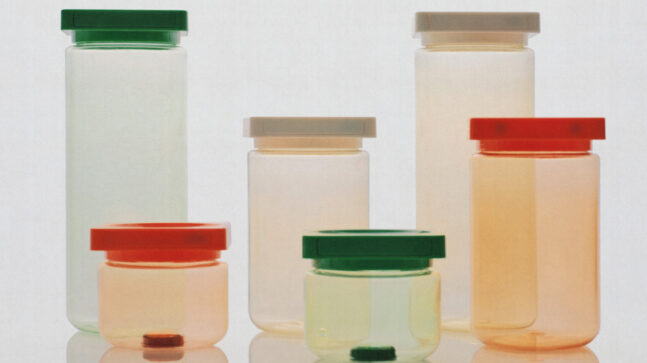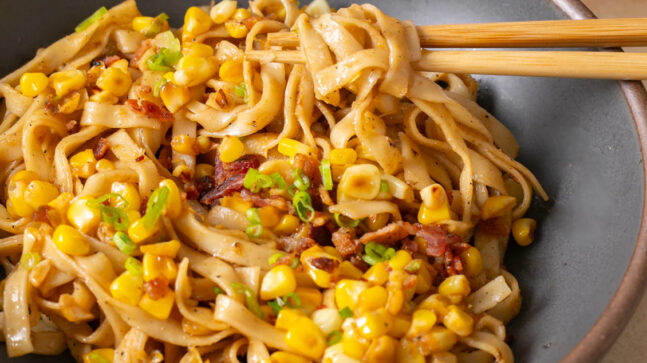As far as the rum world is concerned, Cuba is home to some of the best out there. Unfortunately for many Americans, we wouldn’t really know, as we’ve been shut off from the stuff for decades. We’re primarily used to rum distilled in places like Puerto Rico, Jamaica, and the Bahamas.
Cuba specifically is known as the origin of some of the smoothest and most sought after rums on the entire planet. Luckily, even though the Trump administration tightened the leash on the U.S.’s long standing economic embargo on Cuba this past year, the sanctions did not include the recreational importing of Cuban rum. It might be a little trickier getting down there, but bringing the stuff back is still easy.
The Cuban government still has a pretty firm chokehold on the country’s rum industry. You’ll notice a lot of the entries on our list are from the same few brands; not for lack of effort on our part, but because there aren’t too many legal brands out there. That said, each brand is home to quite a few excellent expressions and now’s good a time to get your hands on some.

Havana Club Añejo 3 Años
Havana Club is considered by many to be the quintessential Cuban rum brand, and their Añejo 3 Años is—by far—their most popular variety. The classic white rum gained notoriety during Prohibition, and the iconic rum, though frequently imitated, has yet to be replicated. With its lighter, mellower notes of caramelized pear, vanilla, and even a little smoked oak, it’s perfect for mojitos or any other rum-based cocktails. No bar is complete without it. Link

Havana Club Añejo 15 Años
On the opposite end of the Havana Club family is their 15-year. This limited expression will run you a pretty penny even down in Cuba, but it’s worth every cent. This special rum is made by blending different rums of different ages with different sugarcane-based alcohol called “aguardiente” (which is most readily translated to mean something similar to schnapps or brandy ), and then allowing it to mature in oak barrels—usually previously used for American bourbon—for 15 years. The result is an exceptionally dark rum that’s full, rich, and has flavor notes reminiscent of dark fruits, honey, brown sugar, and even a little spice. It’s a whole different experience compared to the 3 year. Link

Ron Santiago de Cuba 11 Años Añejo Superior Rum
If you ask real Cubans what their absolute favorite rum is, don’t be surprised to hear Santiago de Cuba thrown into the mix—even over Havana Club. The 11-year is difficult to find and, from what we understand, the darker, more heavily aged rum was specifically designed for pairing with Cuban cigars. Nevertheless, even if you’re not a smoker, you’ll appreciate its impressions of candied fruit, caramel, honey, and brown sugar. You can throw it in a mojito, sip it straight, or have it with your favorite stogie. No matter your preference, Santiago de Cuba’s 11-year is ready and willing. Link

Santero Aguardiente de Cuba
Aguardiente isn’t technically considered rum, even though it’s distilled from sugarcane. It’s harsher on the palate than regular rum, and is partly what becomes rum after an aging process. Sort of like eau de vie and cognac. Santero Aguardiente de Cuba is an excellent example of the potent liquor, and while it’s not something we’d really be excited to drink straight, it goes incredibly well in cocktails—most notably, the classic canchanchara: two ounces of aguardiente, two tablespoons of honey, and one teaspoon of lemon juice, served on ice. Link

Havana Club Añejo 7 Años
If you’re not into rum that’s too light or too heavy, Havana Club’s 7-year is your perfect porridge. Though not as iconic as the 3-year, people love the 7-year because it’s very common, budget-friendly, and has a wide array of flavor impressions, including sweet fruits, vanilla, Cuban tobacco, chocolate, and various spices. It is widely considered one of the best sipping rums in Cuba—and not by a small margin. Link

Havana Club Unión
Cigar aficionados rejoice! Havana Club’s Unión expression was specifically blended to pair with fine Cuban cigars. In fact, it’s actually a collaboration between Havana Club and Cohiba, one of the world’s most legendary Cuban cigar companies. We’ve long been fans of rum and cigars (Rum’s lighter notes and sugarcane base do real well for a palate scorched by a cigar), but Havana Club Unión was made to deliver a blend of sweetness and intensity, by way of smoky oak, dried fruit, dark chocolate, and even a subtle hint of coconut. If you can get your hands on some, we can guarantee it’ll change the way you feel about rum. Link

Ron Cubay 10 Year Old – Reserva Especial
Ron Cubay is another smaller label Cuban rum, but people who’ve had it say it’s some of the best out there. Notes of honey, peach, brown sugar, vanilla, oak, and spices intertwine to create an incredibly deep flavor profile that works perfectly straight up, on rocks, with a cigar, or anyhow else you see fit. We don’t necessarily consider it a cocktail rum, but hey—any port in a storm, right fellas? Link

Ron Santero Añejo 11 Años
Smooth is the name of the game with the Santero 11-year. So smooth, in fact, that it’s frequently compared to the single-malt scotch world and high-dollar cognac expressions people have idolized forever. The Santero 11-year is a lighter, easier rum, and clocks in under 80 proof, which means you can “sample” quite a bit of it without losing your composure. It’s a perfect sipping rum and pairs exceptionally with a good cigar. Link

Arecha Extra Añejo 15 Años
Another distinctly light Cuban rum, Arecha is actually manufactured in Santiago de Cuba, the city known as the birthplace of light rum. While all of Arecha’s expressions are considered liquid gold to Cubans, the extra Añejo 15-year is highly sought for its incredible, traditional taste. The stuff looks more like fine aged bourbon than rum, and includes flavor impressions like dried fruit and vanilla, but also smoky oak and tobacco. It’s also a lower-proof rum, which means it’s more mellow on the palate than younger juice. It’s super hard to come by, so if you do, expect to pay a premium—we’ve seen it anywhere from $175 to over $250 for one bottle. Link

Caney
You’ll routinely find bottles of Havana Club at Duty Free shops all over the world, but if you’re looking for a Cuban rum experience you likely won’t find anywhere else than on the island, Caney is an excellent choice. It’s still produced in the original Bacardi factory in Santiago de Cuba, and that matters for two reasons. The first is, thanks to its ideal climate, Santiago is famous for its sugarcane crops, which make all the difference in rum production. The second is that some of the most world-famous rum distillers on the planet worked in the original Bacardi factory before the government took control of everything. To this day, they are reputed to carry on with the same methods they did in the pre-revolutionary days. Of course, it could just be a rumor, but the important thing is we’d be willing to bet some pretty good money you won’t find anyone willing to speak ill on any of Caney’s various bottles. Link





